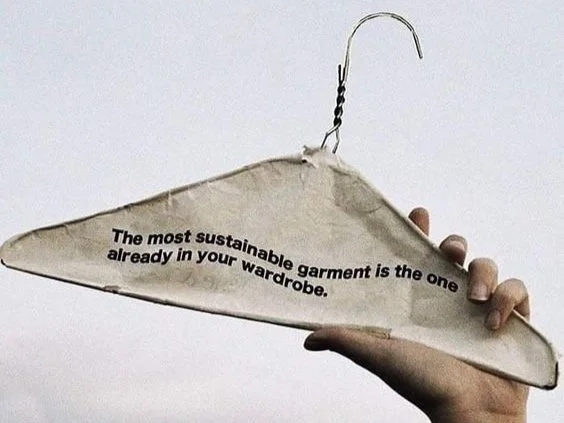To Thrift, or Not To Thrift?
Thrift stores are selling clothes for super cheap, but what’s the after cost? Secondhand shopping has turned into scams, gentrification, fast fashion. The price of thrifting is higher than you think.
By Amanda Dibre
Out with the old and in with the new, or in this case, back in with the old. Thrifting has become common practice in the world of fashion with the understanding that repurposing and finding new life for a garment is better for the environment.
And yes, of course we love the environment and want to save the turtles, the polar bears, and all species in between. But, in life the balance of yin and yang comes into play and some people just love testing those scales.
Thrifting and buying secondhand has become increasingly popular over the years with some finding serious profits in it. Staking their claim in the vintage world, people have begun hunting in these stores for a profit and building a business model in it. With some finding real success in the thrifting and reselling business, others are left empty handed. And so, as of late, the question is being raised, is thrifting actually becoming detrimental?
For decades, people have used Goodwill to purchase their clothes that they actually need and wear. But, with businessmen and women stomping through the doors with profits in mind, prices are starting to rack up and inventory is getting sparse, leaving those who actually thrift to live out of luck. The gentrification of these thrift stores is taking away from affordable pricing for low income communities.
With profits consuming the minds of these resellers, some are even straight up lying to shove a few more bucks into their pockets.
Specifically on Depop, sellers have been seen labeling Brandy Melville merchandise as “dead stock”, implying great desire. In fashion and thrifting, dead stock refers to new and unused items from a company or brand that no longer exists, essentially from another era. In this case, these
resellers are turning “out of stock” items into “dead stock” items, tricking young and impressionable buyers into thinking that this overpriced item is really something good.
In the case of thrifting, deception comes into play quite a lot. There’s deception in the reseller, but there’s also deception in the consumer. Those that flaunt their latest thrift store haul are no better than those that show off their Zara haul —in my humble opinion.
Thrifting and buying secondhand minimizes water consumption, landfill waste, carbon emissions, and overall carbon footprint —that is true. But what happens when people treat thrifting as another form of fast fashion? It’s become an increasingly popular and convenient way to find cheap clothes, and quickly. Oftentimes, these items are being worn once and re-entering donation buckets or even finding their way into landfills all the same.
Some people are forgetting the meaning behind thrifting and shopping secondhand. Whether it be buying secondhand or a new item, the rules remain the same. It’s important to buy pieces that will last. The intention is to avoid hopping on the latest trends and succumbing to the enticing charm of fast fashion. Sure, buying secondhand is better because it prolongs the life of a garment, but if the ultimate intention is to wear it twice and then get rid of it, it’s no different than shopping at Zara or H&M.
So as GenZ and Millenials put on their low-cut UGG boots and Drunk Elephant bronzing drops to head over to their local thrift store for a T-shirt to cut up and toss out, the planet is still dying and low income areas are continuing to struggle to keep up with the gentrification.
Moral of the story, invest in pieces that will last and actually be used. And if you absolutely must enter the reselling business, keep in mind the price increase you’re causing for that area. Maybe donate to a local foundation or cover the guy behind you.


